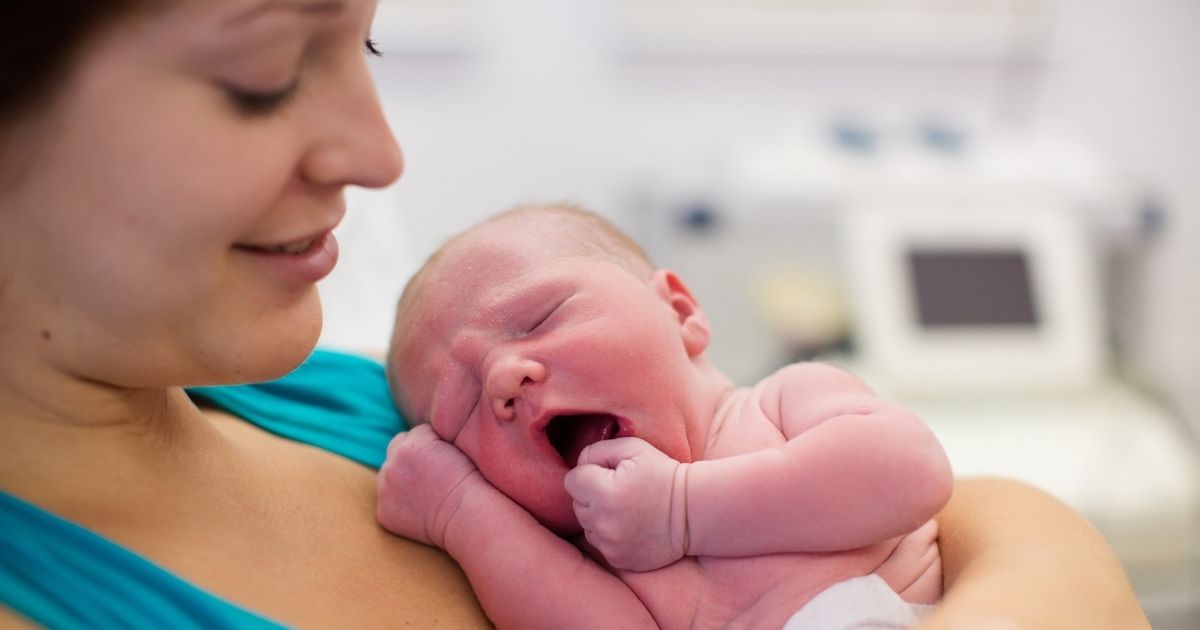Can Cerebral Palsy be Caused by a Birth Injury?
September 13, 2021
Cerebral palsy is a group of disorders that impact a person’s ability to move and maintain their posture and balance. It is the most common cause of childhood disabilities, affecting an estimated one out of every 345 children in the United States.
Cerebral palsy is caused by abnormal development in the brain or damage to the developing brain before or during birth or in the first few years of life that affects a person’s ability to control their muscles. The majority of cerebral palsy cases are congenital, meaning they are sustained during birth.
Cerebral palsy has no cure, and medication, therapy, and other treatments are costly. If your child’s cerebral palsy was caused by a preventable medical mistake, you may be entitled to compensation for their ongoing medical costs, care, and loss of future earnings.
A Closer Look at Cerebral Palsy
Cerebral palsy symptoms vary from person to person. Someone with mild cerebral palsy may walk a bit differently but not require any assistance to do so. However, someone with severe cerebral palsy may need special equipment to walk or may not be able to walk at all. Some people with this condition require lifelong care.
Although cerebral palsy does not worsen as the person gets older, their symptoms can change over time. People with cerebral palsy may also experience other related conditions including vision problems, speech problems, joint issues, spine changes, and intellectual disabilities.
Types of Cerebral Palsy
Physicians classify cerebral palsy based on the type of movement disorder involved. People with cerebral palsy can experience spasticity, stiff muscles; dyskinesia, uncontrollable movements; and ataxia, poor coordination and balance.
There are four primary types of cerebral palsy:
- Ataxic cerebral palsy. People with ataxic cerebral palsy can be unsteady when walking. They may find quick movement challenging along with movements that require a lot of control, such as writing with a pen or tying a shoelace. Reaching for items can be difficult because these patients have difficulty with arm and hand control.
- Dyskinetic cerebral palsy. People with dyskinetic cerebral palsy have difficulty controlling their hands, arms, legs, and feet, making it hard to sit and walk. In some cases, the face and tongue are also affected, making it more challenging for the person to talk, chew, and swallow.
- Spastic cerebral palsy. Spastic cerebral palsy is the most common type, affecting around four out of every five people with the condition. Individuals with spastic cerebral palsy have increased muscle tone, which makes their muscles stiff and their movements awkward. Spastic cerebral palsy is described more specifically by the body parts that are affected. Some people have stiffness in the legs, hips, and arms, which can be more pronounced on side of the body or the other. Spastic quadriplegia/quadriparesis is the most severe form of spastic cerebral palsy, affecting the face, the trunk, and all four limbs.
- Mixed cerebral palsy. As the name suggests, people with mixed cerebral palsy have symptoms of more than one form of the condition, with spastic-dyskinetic being the most common type.
Signs of Cerebral Palsy
Cerebral palsy symptoms vary greatly from person to person. In young babies, the first sign of cerebral palsy is often a delay hitting certain milestones such as rolling over, sitting, or walking.
Under the age of six months, a baby with cerebral palsy may feel either floppy or stiff. They may hyperextend their back and neck or seem to push away when picked up and cradled. At around six months, a baby with cerebral palsy may not roll over in either direction, have trouble bringing their hands together, or be unable to raise their hand to their mouth.
Signs of cerebral palsy in babies over 10 months may include crawling in a lop-sided manner or moving around on their knees or bottom without crawling on all fours.
It is important to mention this is a general overview of some possible signs of cerebral palsy. It is not definitive and in fact, many babies without cerebral palsy show some of these signs as they develop. You should always contact your doctor with any concerns or questions about your baby’s health and well-being.
Cerebral Palsy Caused by a Birth Injury
Approximately 85 to 90 percent of cerebral palsy cases are congenital, meaning they are tied to brain damage occurring before or during birth. For some congenital cases, the cause is known. For others, it is the direct result of a difficult delivery and/or a medical error.
Birth injuries happen for many reasons. The fetus may be too large to move safely through the birth canal, or the fetus can be in an abnormal position prior to birth, which causes inadequate flow of oxygen and brain damage to the baby during childbirth. This is one potential cause of cerebral palsy related to a birth injury. In many cases, the reasons for brain damage that cause cerebral palsy are unknown.
Treatment of Cerebral Palsy
Although cerebral palsy has no cure, treatments are available to improve the lives of those living with the condition. There is no single treatment that is best for every person with cerebral palsy. A comprehensive treatment plan may include braces and other medical aids; physical, occupational, and speech therapy; medication; and surgery.
Under the Individuals with Disabilities Education Act (IDEA), children of all ages are entitled to a range of early intervention and school-age services. Visit the United States Department of Education website for updates on IDEA guidelines and resources, and links to contacts in your state.
The Implications of Cerebral Palsy for a Family
Although assistance is available under the IDEA act, the emotional, physical, and financial toll of a serious condition such as cerebral palsy on a family is far-reaching. Approximately 30 to 50 percent of children with cerebral palsy have an intellectual impairment. Around 41 percent of children with cerebral palsy will never walk independently.
The costs of a lifetime of medication, therapy, and care are daunting. One expert estimates the future costs of medical treatment for a baby with cerebral palsy are $3 million, the future costs of supportive care come in around $5 million, and the future loss of earnings is around $2 million.
Can I Sue if My Child Suffered a Brain Injury During Birth?
If your child’s cerebral palsy was the direct result of a birth injury because of a preventable medical mistake, you may be entitled to pursue compensation for their care, medical costs, and loss of future earnings.
Given the lifetime costs of caring for a person with cerebral palsy combined with their estimated lost earnings can total upward of $10 million, it is no wonder families overwhelmed when a loved one is diagnosed with cerebral palsy. A medical malpractice claim is a legal tool to seek compensation for the financial losses resulting from a medical error.
Receiving damages from a lawsuit will not cure your child, but it can offer some peace of mind knowing your family will be able to afford the highest level of care to enhance their quality of life at every age. Medical malpractice claims also hold negligent parties accountable when their poor training, careless actions, or neglect cause another harm.
After all, we trust the medical professionals to provide the best level of care possible. And they are bound to do so under the law. When they fail to meet that duty of care and an innocent baby is injured, justice should be served.
If you suspect your loved one’s medical condition was caused by a preventable medical mistake, your first step should be a consultation with an experienced medical malpractice lawyer. After learning more about your situation, the lawyer can explain your options and recommend the best course of action. Dealing with a life-changing diagnosis in your family is never easy. But you are not alone.
Baltimore Medical Malpractice Lawyers at LeViness, Tolzman & Hamilton Seek Justice for Clients Injured by Medical Mistakes
Cerebral palsy caused by a preventable birth injury is just one of the many conditions that can occur when doctors and other health care providers make mistakes. One poor decision can impact a patient’s life forever. If your family has been impacted by a health care mistake, contact the Baltimore medical malpractice lawyers at LeViness, Tolzman & Hamilton.
We are committed to pursuing justice for you and your family. Fair compensation can ease the financial burden of a lifelong condition. Let our caring and compassionate legal team fight for you. Call us today at 800-547-4LAW (4529) or contact us online for a free consultation.
Our offices are conveniently located in Baltimore, Columbia, Glen Burnie, and Prince George’s County, where we represent victims throughout Maryland, including those in Anne Arundel County, Carroll County, Harford County, Howard County, Montgomery County, Prince George’s County, Queen Anne’s County, Maryland’s Western Counties, Southern Maryland and the Eastern Shore, as well as the communities of Catonsville, Essex, Halethorpe, Middle River, Rosedale, Gwynn Oak, Brooklandville, Dundalk, Pikesville, Parkville, Nottingham, Windsor Mill, Lutherville, Timonium, Sparrows Point, Ridgewood, and Elkridge.






